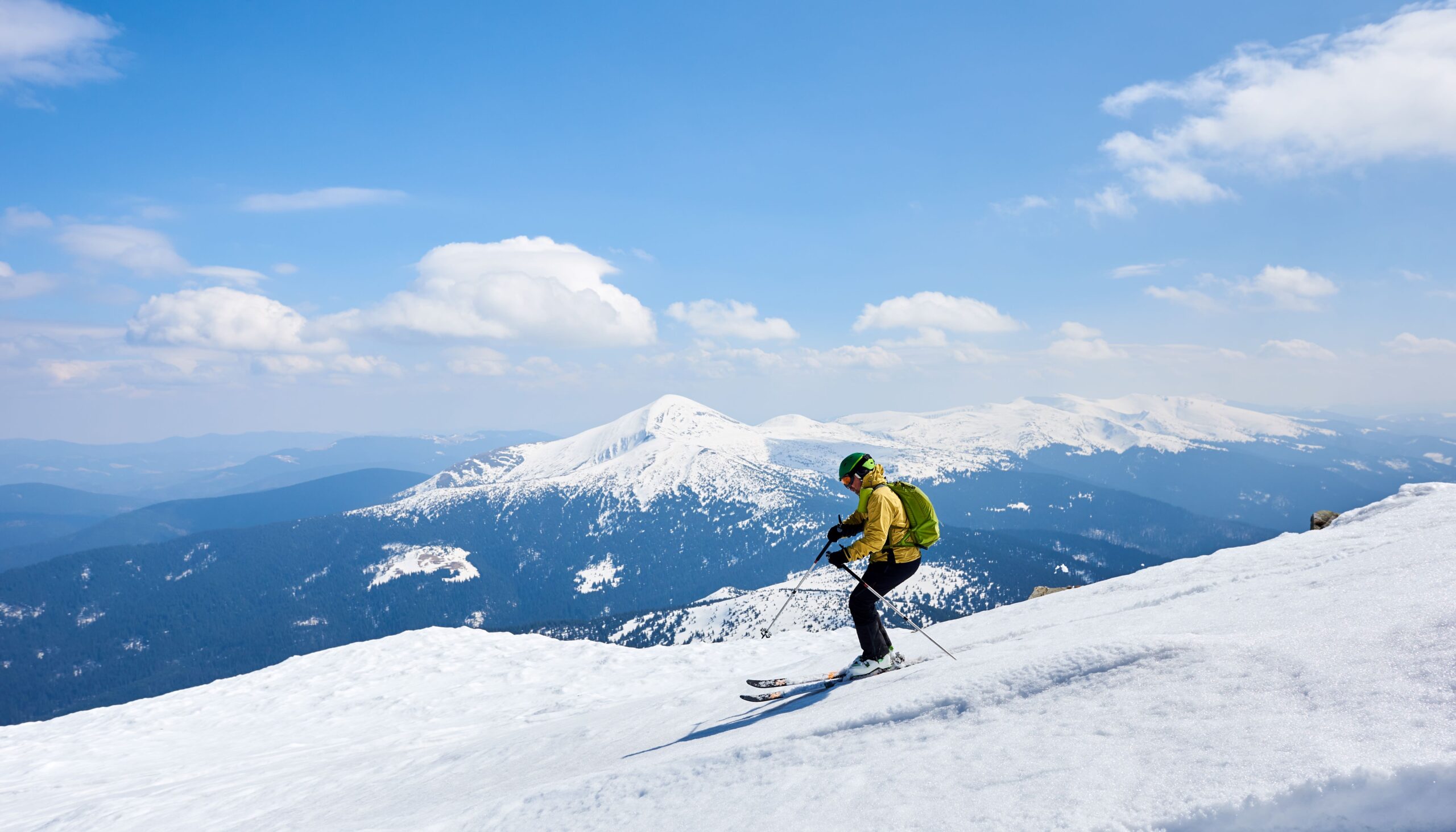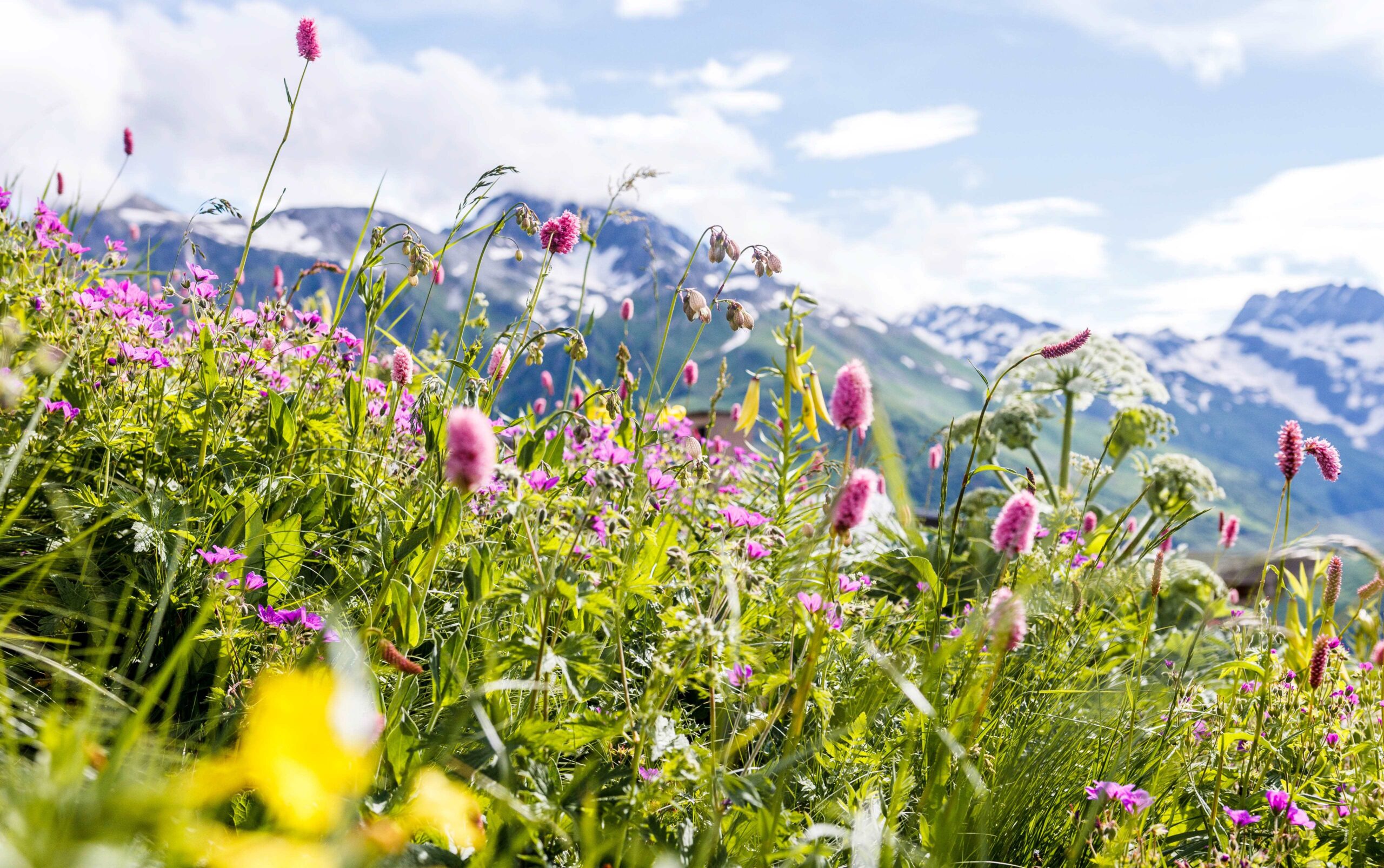Zermatt doesn’t shift with the seasons so much as it bends — just slightly — into each one. Year-round Zermatt isn’t a marketing phrase. It’s a rhythm. A cadence you begin to hear after a few days, when the snow no longer surprises and the mountains start to look like something you’ve always known. That’s not quite accurate, of course. But the feeling stays.
Planning Zermatt all seasons requires a different kind of attention. What’s open? Who’s around? Are there boots on Bahnhofstrasse, or just bicycle tires and café chairs being stacked? Each month carries a different mood. And in between — say, in April or November — the mood becomes quieter. Not empty. Just… less staged.
Sometimes, the best way to understand a place is to see what happens when nothing major is happening.
Seasonal Rhythms and Visitor Flow
Winter begins earlier than you’d expect — late November if the glacier holds, sometimes earlier. Skiers return in waves, some chasing first snow, others waiting for guaranteed base layers. The pulse picks up. Electric taxis fill faster. Shops extend hours.
By March, there’s a tension: snow still covers the Matterhorn sector, but the sun lasts longer. Coats come off at lunch. Terrace tables fill. The shift isn’t dramatic — more a tilt than a turn.
Then spring. Fewer flights, fewer skiers. Local staff take short holidays. You notice more construction trucks, fewer Instagram poses. In May, the rhythms collapse almost entirely — not in a bad way. Just quieter.
Summer brings hikers, trail runners, mountain bikers, and the occasional surprised traveler wondering how snow still lingers above 3,000 meters. Gondolas still hum, but for different reasons now. By August, it feels full again — but not with the same people. Fewer boots, more sneakers. And in the background: always the glacier.
Autumn is slow, then faster. Late September golden larches draw photographers and early skiers alike. By late October, fog returns. Lights stay on longer in windows. Then snow.
That’s the cycle. Mostly. Unless it changes.
What Locals Do Between Seasons
Off-season Zermatt doesn’t close — it exhales. You notice it in the cafés. The staff remember faces. Menus shrink. There are more conversations in dialects tourists don’t track. More errands on bikes. More hours with shutters down.
In April and November, a sort of local time emerges. Mornings move slowly — bread deliveries are punctual, but customers take their time. Children linger after school, chatting near the Coop. Even the dogs seem unrushed.
This is also when repairs happen. Hotels paint. Railings get sanded. Lift cables are tested with no passengers in sight. It’s maintenance, yes — but also ritual.
And then there’s the shift in sound. Fewer suitcase wheels. Fewer GoPros beeping. Just footsteps, espresso machines, the hum of a delivery drone overhead — or not. Depends on the weather.
There’s a kind of intimacy to off-season Zermatt that’s hard to capture. But once felt, it’s not easily forgotten.
Scenic Constants: Landscape and Infrastructure
Despite the shifts, some things in Zermatt stay startlingly steady. The ridgeline. The train’s arrival tone. The font on the bakery sign.
The Gornergrat Bahn still climbs on schedule, regardless of season. The Matterhorn, of course, doesn’t move. But more than that — the framing doesn’t change. Streets curve the same way in May as they do in January. Paths to Sunnegga don’t shift.
This consistency grounds the experience. Especially for returning visitors, who notice what didn’t move. A bench still in shadow. The stone trough that always drips near the church. Even new buildings — and there are a few — imitate the old angles.
Infrastructure adapts without announcing itself. Solar panels appear on roofs quietly. New gondolas are smoother but not louder. Signage adjusts for hikers in summer, then returns to ski warnings by November. But the base? Still alpine, still calm.
You can’t always feel change while standing still. Unless you look at who’s passing by.
Year-Round Appeal: Sports, Food, Atmosphere
Zermatt’s appeal in all seasons rests not just in sports — though skiing, climbing, biking, and paragliding draw plenty. It’s in how these activities fold into daily life. Not performative. Just… integrated.
A summer hiker shares a lift with a downhill biker. A winter skier eats rösti next to someone who hasn’t left the village in weeks. There’s room for both.
Even the food changes without changing much. Summer salads arrive with alpine cheese. Winter fondues lean richer. But the bakery shelves stay full, and the coffee remains consistent.
Atmosphere shifts, yes — but it doesn’t fracture. Evening light in July lingers differently than January’s glow, but both illuminate the same corners.
And for many, it’s that — the steady core inside the shifting surface — that makes Zermatt worth visiting in every season. Not just for what changes, but for what doesn’t budge at all.
